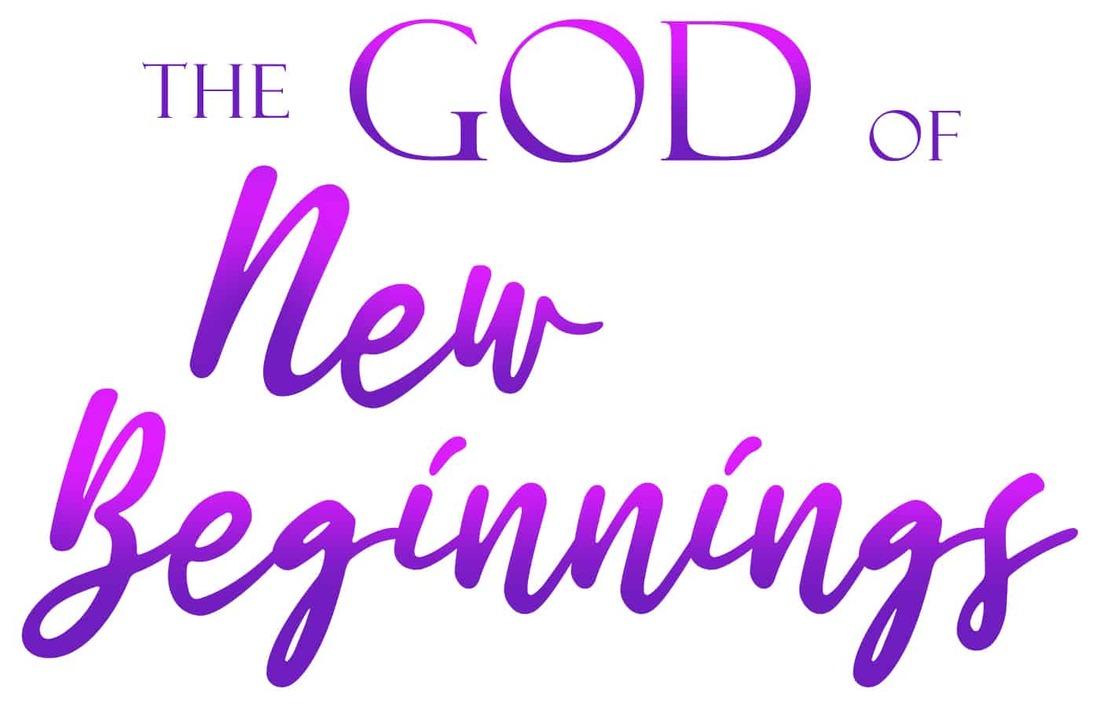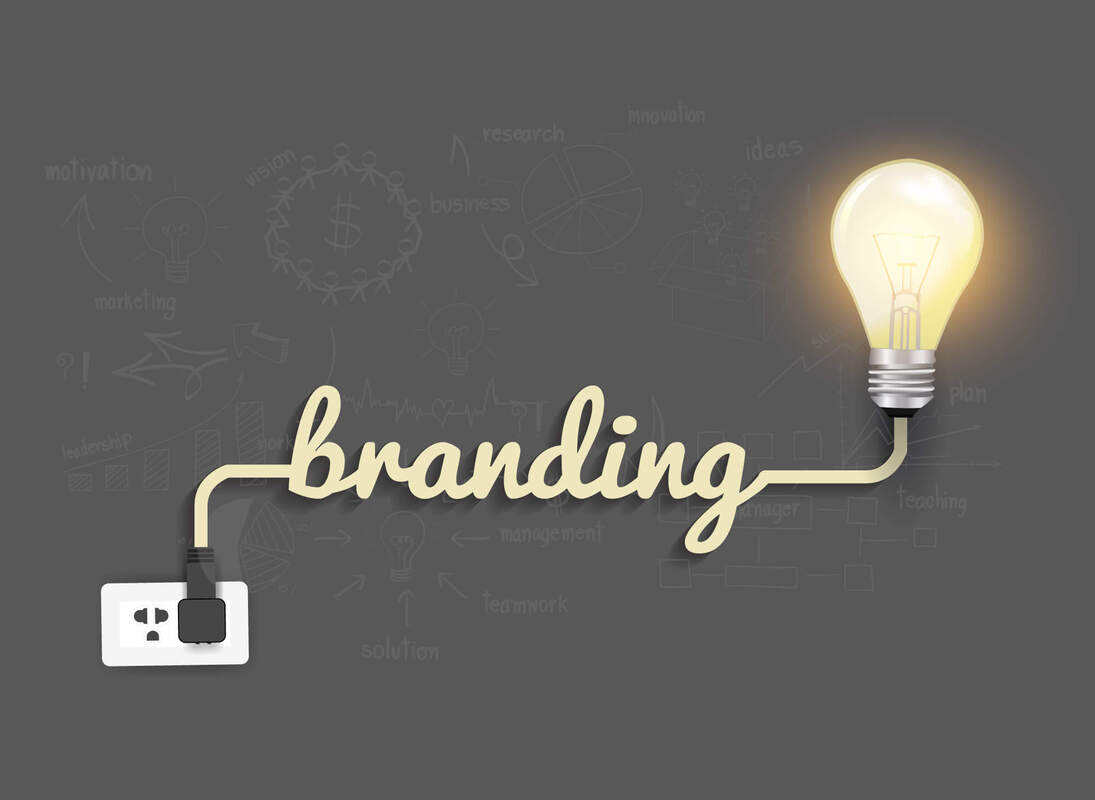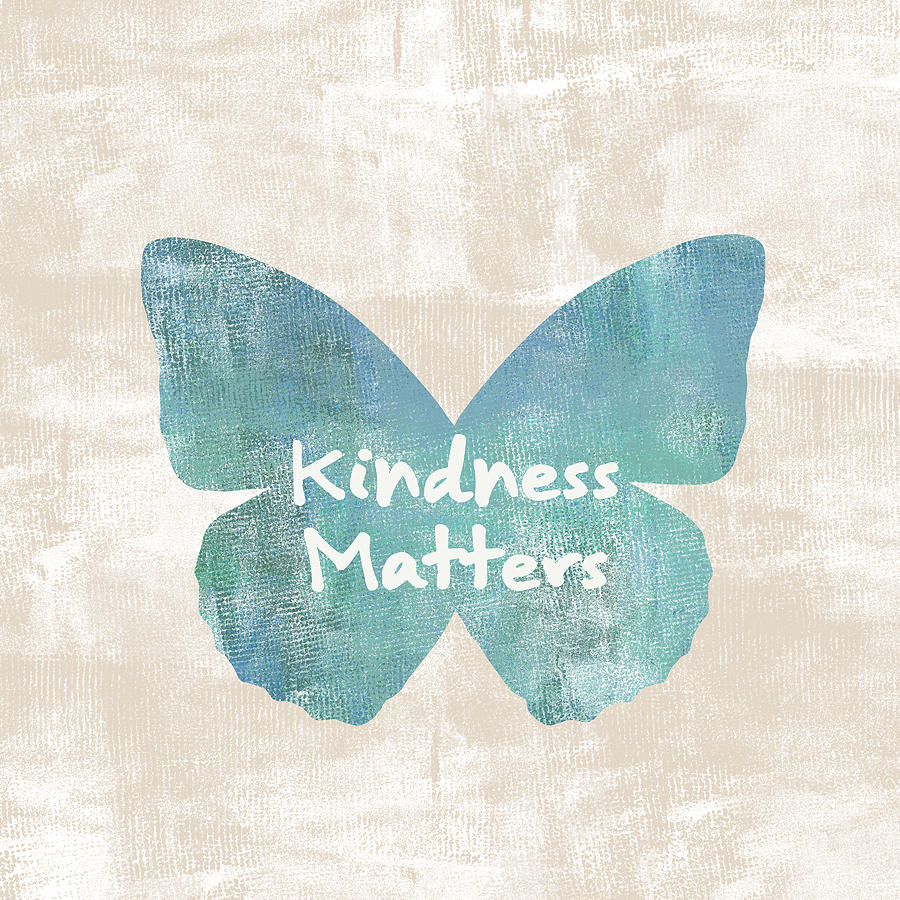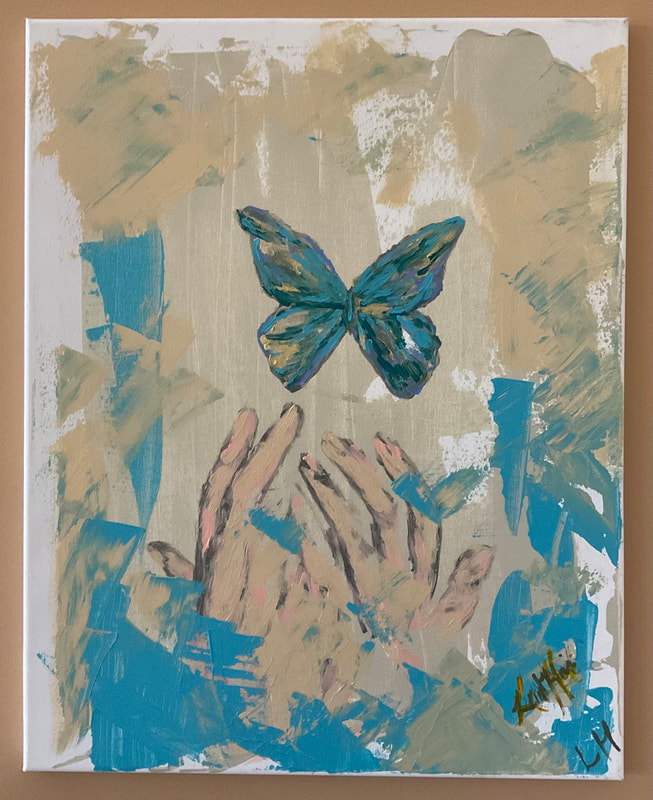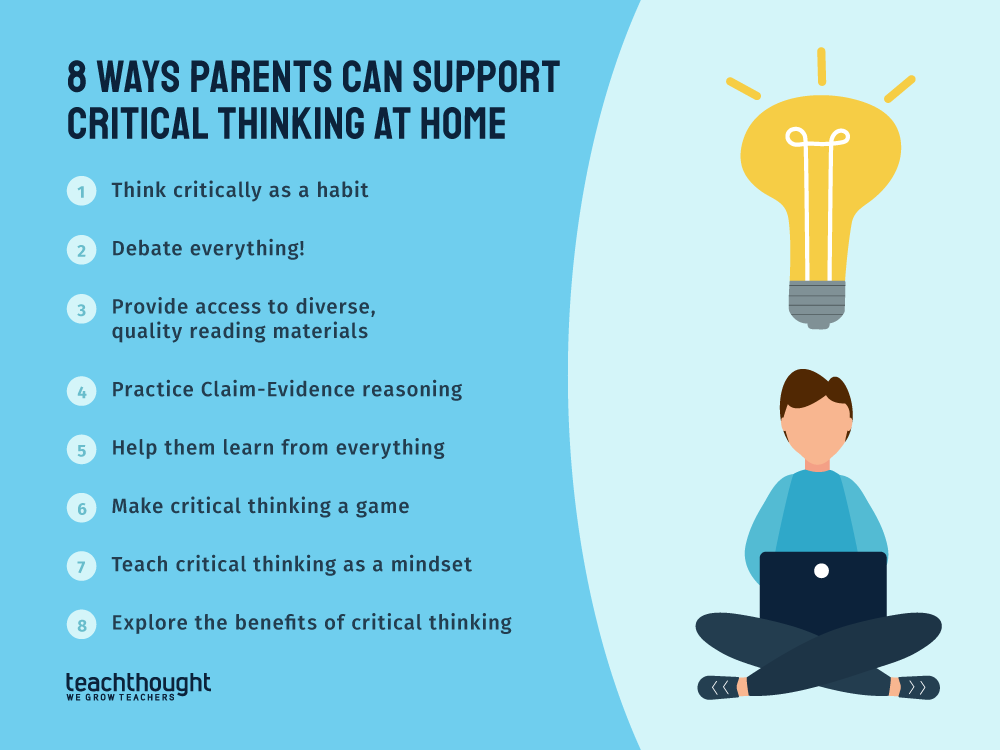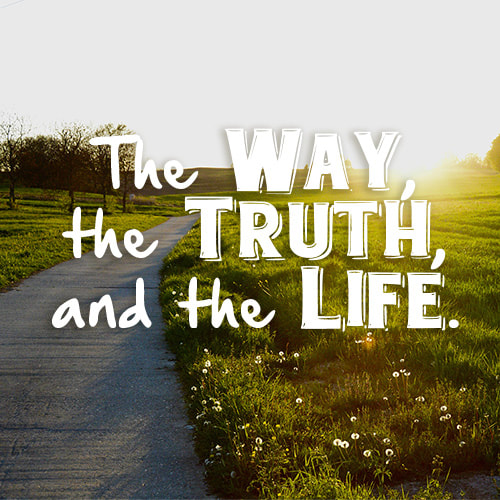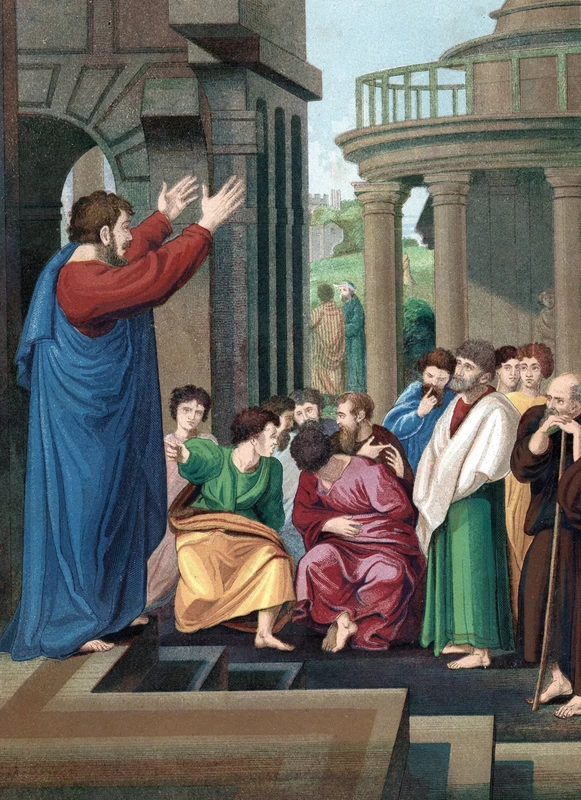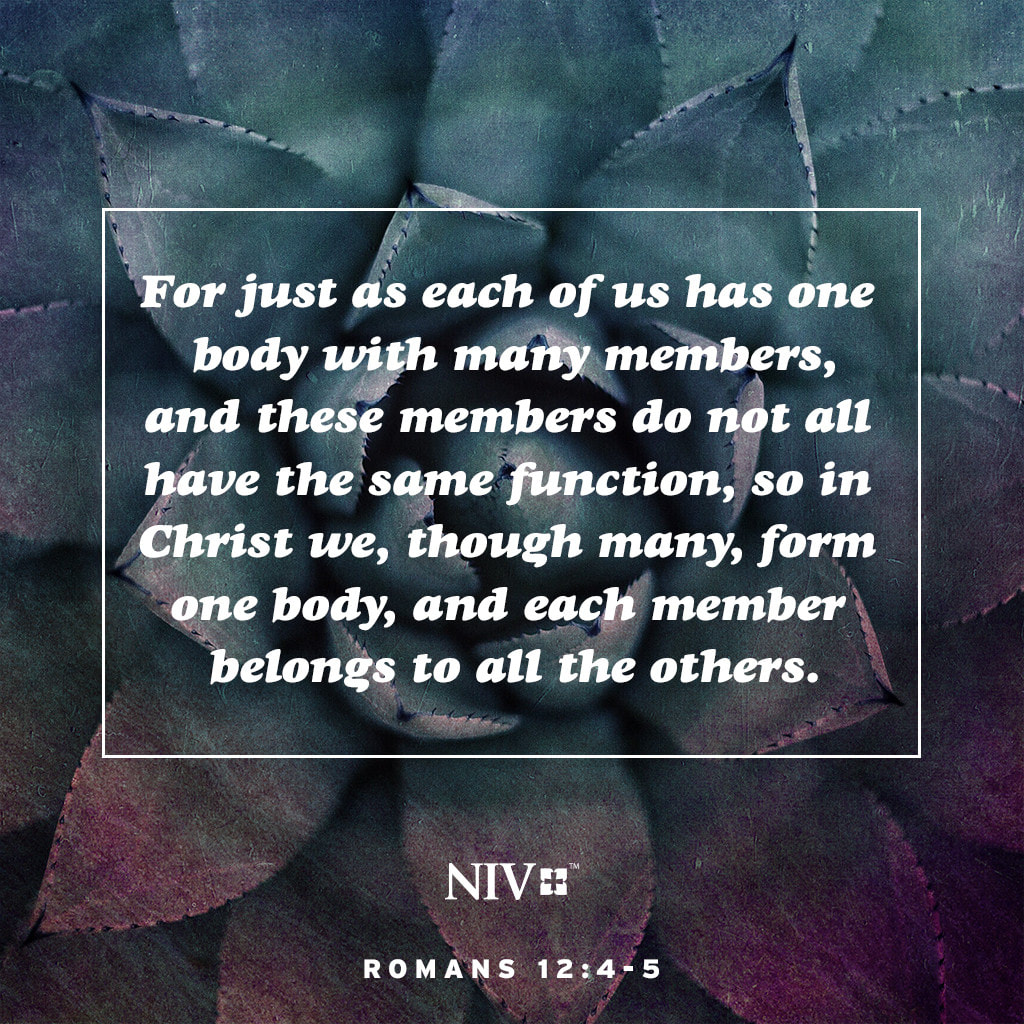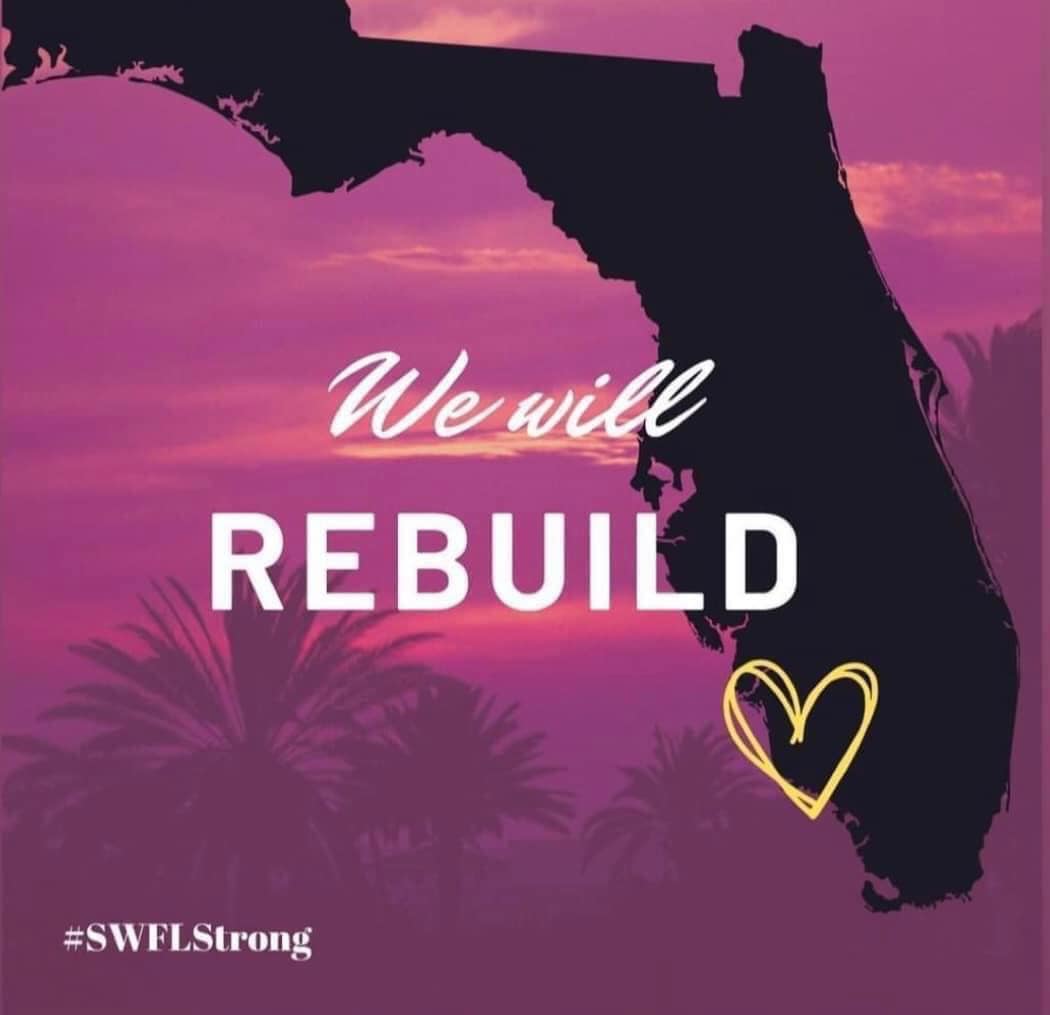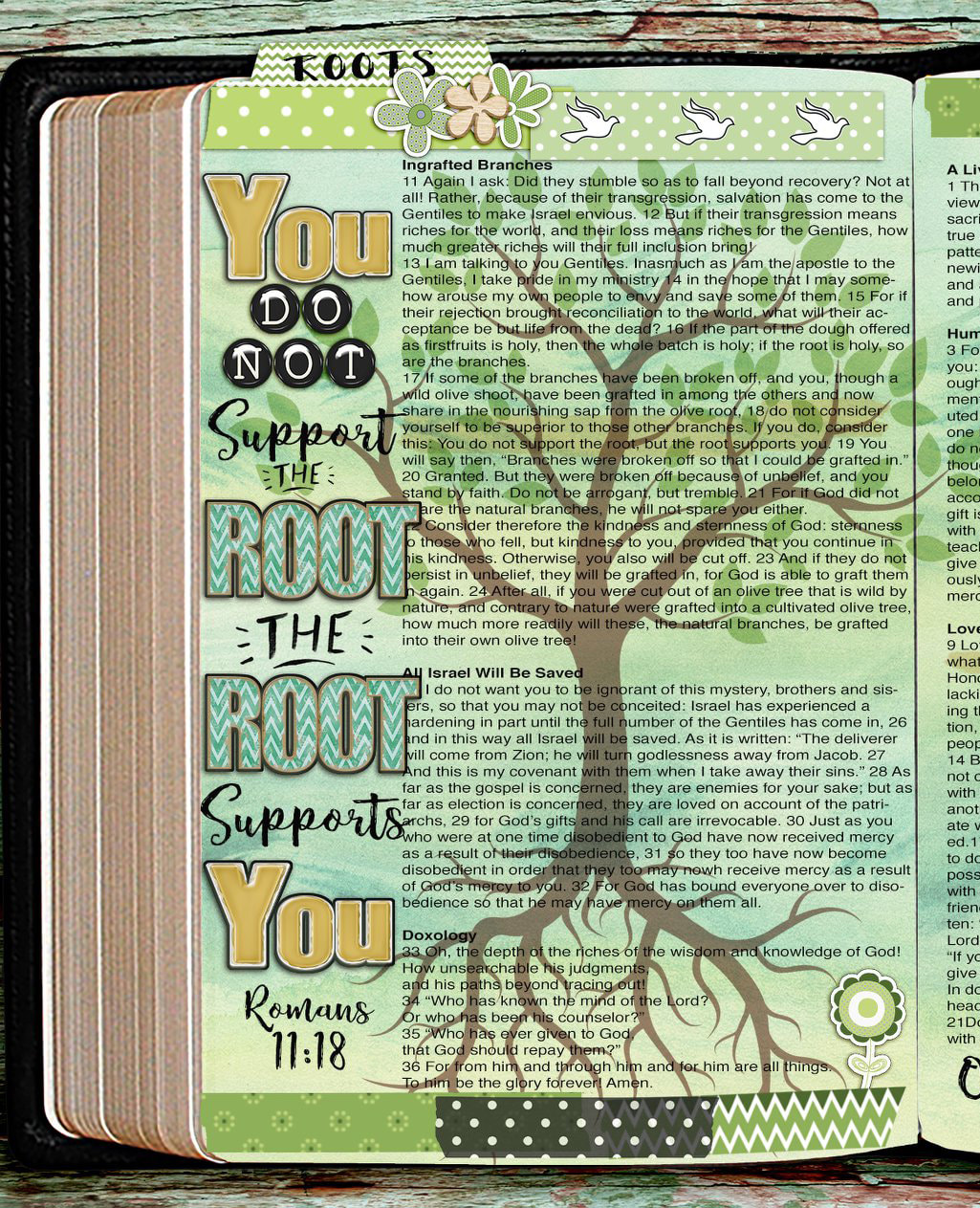'Speaking Truth in brotherly love," and "not judging others" is a very tricky concept, and quite often a grey area. Both are equally important. Before I truly understood the Word of God in it's entirety, much of what seemed judgmental to me- turned out to be very loving. Kindness and compassion are foremost, and I do believe that if we love our creator above all, then we will love our neighbors the best. In our finite nature we can't possible fully comprehend creation's infinite purpose, however through my journey with Christ, I have found his ways higher in he Big Picture. Why wouldn't they be? it's his creation! he's the Artist! He knows his design, and through time that is revealed in his word to us.
Discipline and boundaries are what loving parents teach their children for their best interest in the long run- as so it is with us and God. Biblically speaking, there's an typically an extremely generous bubble for understanding and compassion; then sometimes there are huge roadblocks we incur that are clear flashing warning lights.
Ultimate Truth does exist, and Christians are obligated to speak the truth. It's a privilege and honor, really. What I have found is that when someone experiences encounters with truth that are substantially more profound than the physical realm, it gives steadfast courage and confidence in knowing and affirming the truth. This is why we were given the outpouring of the spirit- to proclaim his truth in full confidence.
https://abigailshrier.substack.com/p/the-gender-cult-marches-on
Things to note:
- Preschoolers (age 3-5) are to be taught what “Queer” means, what “Non-binary” means and told: "When someone is not a boy or a girl, maybe they feel both, they are non-binary or queer."
- Teachers of preschoolers are told to read from The Story of Harvey Milk, stopping at “Harvey was proud of the flag, and proud of himself.” Are you proud of yourself, little one?
- Even Special Needs kids (including the non-verbal and those on the Autism Spectrum, who tend to fixate) are to be instructed to create BLM flags and indoctrinated in the alleged difference between sexuality and gender.
- Every single part of the school day becomes a reason to teach children about being transgender, or America’s systemic racism. The lessons are inserted into every part of the day — even P.E., Visual Arts, Drama, Library Lessons and Music.
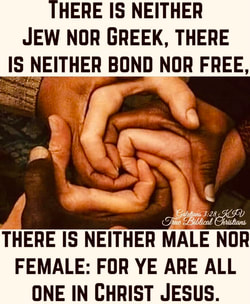
https://youtu.be/u9quq9NGUcM
https://youtu.be/o74rQmLRqtA
Science, the Transgender Phenomenon, and the Young | Abigail Shrier
https://youtu.be/DWbxIFC0Q2o
Irreversible Damage? | Abigail Shrier - Jordan B. Peterson Podcast S4: E11
https://youtu.be/fSKQfATa-1I
June 2022 Study; What You Need To Know;
The UCLA School of Law's Williams Institute, a think tank that conducts research on sexual orientation and gender identity law and public policy, published a study Friday that estimates trans youth population has doubled in 5 years. At the state level, our estimates range from 3.0% of youth ages 13 to 17 identifying as transgender in New York to 0.6% in Wyoming. Our estimates for the percentage of adults who identify as transgender range from 0.9% in North Carolina to 0.2% in Missouri. Overall, based on our estimates from 2016-2017 and the current report, we find that the percentage and number of adults who identify as transgender has remained steady over time. The availability
of the YRBS data has given us a more direct look into youth gender identity and provides better data than was previously available to us for estimating the size and characteristics of the youth population. Youth ages 13 to 17 comprise a larger share of the transgender-identified population than we previously estimated, currently comprising about 18% of the transgender-identified population in the U.S., up from 10% previously.
- The UCLA School of Law's Williams Institute published a study Friday estimating there are 1.6 million transgender people 13 and older in the U.S.
- The study found that 1.4% of 13- to 17-year-olds and 1.3% of 18- to 24-year-olds identify as transgender; five years ago, both of those numbers stood at 0.7%
- Overall, the Williams Institute found that the percentage of adults who identify as transgender has remained steady at 0.6% since its last report in 2017
Until this new ideological curve took place in the public media domain, transgenderisim (which- intersex, a very rare, atypical occurrence in human anatomy is a real part of biology for a very small percentage of the population), was .01%. The percentage of infants being born intersex is roughly .02% of the population. A very small minority of the population shouldn't be the framework for the vast majority, while affirming all human beings are equally loved, worthy, and valuable in the eyes of God. My heart goes out to intersex families who are navigating life choices, and as a society, especially Christian society, we need to be aware, supportive and welcoming to this reality of a hurting population. I personally know of a family who's precious child had unidentifiable genitalia at birth. I can't imagine the struggles, confusion and hurt they encounter while navigating these life decisions for their beautiful, precious child. Maybe a more difficult path to navigate than other rare and atypical occurrences. Intersex people are individuals born with any of several sex characteristics including chromosome patterns, gonads, or genitals that, according to the Office of the United Nations High Commissioner for Human Rights, "do not fit typical binary notions of male or female bodies".[1][2]
Sex assignment at birth usually aligns with a child's anatomical sex and phenotype. The number of births with ambiguous genitals is in the range of 0.02% to 0.05%.[3]Other conditions involve atypical chromosomes, gonads, or hormones. Intersex people face stigmatization and discrimination from birth, or following the discovery of intersex traits at stages of development such as puberty. Intersex people may face infanticide, abandonment, and the stigmatization of their families. Globally, some intersex infants and children, such as those with ambiguous outer genitalia, are surgically or hormonally altered to create more socially acceptable sex characteristics. However, this is considered controversial, with no firm evidence of favorable outcomes. https://en.wikipedia.org/wiki/Intersex
Rejecting fundamental truths has consequences. The number of young people who identify as transgender has nearly doubled in recent years, according to a new report that captures a stark generational shift and emerging societal embrace of a diversity of gender identities. Experts said that young people increasingly have the language and social acceptance to explore their gender identities, whereas older adults may feel more constrained. But the numbers, which vary widely from state to state, also raise questions about the role of peer influence or the political climate of the community. The analysis, relying on government health surveys conducted from 2017 to 2020, estimated that 1.4 percent of 13- to 17-year-olds and 1.3 percent of 18- to 24-year-olds were transgender, compared with about 0.5 percent of all adults. Trans identification in recent years has become political dynamite, driven in part by the rise in minors, very young and confused, seeking medical treatments, encouraged by public education/affirmed by medical facilities/professionals without parent support/consent. Social construct has become secondary to valid and acceptable medical science, and were are experimenting with this -phenomenon on a very confused and lost youth, sending them down a one way road of irreversible body modification. The issue here lies on what the underlying cause of the mental health or confusion may be and the correct path to direct these youth when they are seeking affirmation from counselors, schools, and medical professionals. . What these professionals are finding is that (while many transgender adults who transitioned after ample consideration, time and counsel in their adult years currently live healthy and productive, thriving lives), the vast majority of youth that transitioned are facing increasing mental health issues, isolation, regret, considerable and reoccurring health problems, infertility, brokenness, and not living productive and thriving lives with meaningful relationships in community on a fundamental level). It's just the beginning.
https://abigailshrier.substack.com/p/inside-planned-parenthoods-gender
'Each day, new teen girls would present at the clinic (sometimes with mom). They often arrived in groups of girlfriends, all claiming childhood histories of gender dysphoria and asking to be put on testosterone. Did she believe their testimonies? “I think they were telling what they perceived to be their authentic history to them at the time. Like, I was a 13 year old girl, you know. Everything is very dire, everything needs to be remedied immediately,” she said.
In any case, the script Planned Parenthood instructed her to read from didn’t grant much room for evaluation of patient histories. “The questions that we asked were like, very closed ended…It would be, ‘you know, at what age did this start’? Boom that is it. ‘What kinds of dysphoria do you feel’? Boom that's it, you know? ‘What do you want out of your transition’? ‘Do you want top surgery?’ ‘Do you want bottom surgery’?”
In taking their histories, the employee did discover that these girls seemed to be suffering from a great deal of emotional pain. “A lot of them have serious emotional issues, a lot of them had a history of abuse and baggage.”
Anxiety, depression, and bipolar disorder were ubiquitous. Often, the employee said, they had visible “self-harm scars” and even “fresh self-harm marks.” But, she said, the medical professionals were never supposed to address those marks. “We just move on exactly the issue at hand”—that is, affirming the adolescents’ self-diagnosed dysphoria and proceeding to a course of treatment.
This treatment—testosterone—carries serious risks for adolescent girls, particularly at the doses at which it is administered, ten to forty times what their bodies would normally handle. Risks include deepened voice, enlarged clitoris, increase in red blood cell count and greater risk of heart attack, infertility, vaginal and uterine atrophy, endometrial cancer—as well as all the unknown risks the come with any major and novel intervention.
She would present the girls with pages that listed a series of medical risks and obtain signatures indicating their “informed consent.” Did any of the girls ever seem troubled by these risks? “I can say anecdotally that I never saw anybody read it,” she said.
Most interesting to me was the fact that, according to the employee, the girls would often arrive to the clinic with a group of friends. (For what other medical treatments do girls arrive with peer group in tow?) It smacked more of the gleeful trips teen girls once took to the mall for ear piercings than the sober medical treatment of a genuine mental health disorder.
I asked her if she and the other nurses and reproductive health assistants didn’t think there was something suspicious about girls’ showing up in groups of friends for treatment—whether it didn’t cross the employees’ minds that peer influence might be at play. “It's kind of one of those things where you just roll your eyes.” She told me. “The extent of our intervention” was to grant “their requests to start the hormone therapy.”
Did she ever feel like she was participating in something wrong, I wondered. These were, by her own estimation, a notably vulnerable group of girls: they were on all kinds of medications for anxiety and depression and even anti-psychotics like Abilify and Clozaril. “I’ll tell you, I struggled with the morality and reconciling of our actions in giving these kids testosterone and estrogen and stuff. I struggled with that more than I did being in operating room for like a 20 week abortion. It’s a lot to see these kids, like, interpret their feelings in such a way that they end up being confused about their gender,” she said.
Did she or other staff members voice their misgivings about whether they were giving these girls the best treatment? “Yeah. Every day,” she said, before adding: “I mean, it would be one of those things that would be a conversation among professionals. You know, we’re nodding our heads, we’re doing this thing. And then we clock out at the end of the day because we cannot bring it up in discussion with management or the clinic directors or anything because they have these directives from administrators upstate.”
As far as she knew, did any of the girls asking to start a course of testosterone ever get turned down? Perhaps some were sent for psychiatric evaluation before proceeding with testosterone treatment? “None of the girls,” she said. “One of the boys who did confess that he smoked so much weed that he was doubling up on his estrogen… We did end up ceasing his therapy until he saw—I think it was like a substance abuse counselor or something like that. But other than that, we never turned away anybody.”
According to the Planned Parenthood employee’s testimony, in affirmative care clinics like this one, for teens seeking fast medical transition—the medicine cabinet is fully stocked, the customer is always right, and the light is always green."
Speaking truth to power
is a non-violent political imposition, employed in opposition of the received wisdom or propaganda of governments they regard as oppressive, authoritarian or an ideocracy. Practitioners who have campaigned for a more just and truthful world have included Apollonius of Tyana, Vaclav Havel,[1] Nelson Mandela, Archbishop Desmond Tutu, Mahatma Gandhi, the Dalai Lama and Elie Wiesel.[2]
That’s the idea behind the phrase speak truth to power,
an expression for courageously confronting an authority,
calling out injustices on their watch,
and demanding change.
Speak Truth in Love.
https://www.plannedparenthood.org/learn/gender-identity/transgender/whats-transphobia
https://www.plannedparenthood.org/learn/gender-identity/transgender
Matthew 15:13–14; Luke 6:37–40
The parables that Jesus told often portray people making tragic and terrible mistakes, or on the other hand, being wise and avoiding such mistakes. People generally seem blind to the terrible mistakes they make in life.
This Parable of the Blind, Leading the Blind fits well into the theme of Christian Living. Christ’s poignant stories so vividly present our mistakes in life. It’s hard to remain blind, once the point of a parable sinks in, if only we’ll let it in. A burden of Jesus’s teaching is to enlighten humankind, to help us realize the mistakes we’ve made, and learn how we can prevent them. Over all, the following two presentations of this parable’s meaning and purpose, as revealed in Matthew’s and Luke’s gospels, ought to sufficiently paint a good picture.


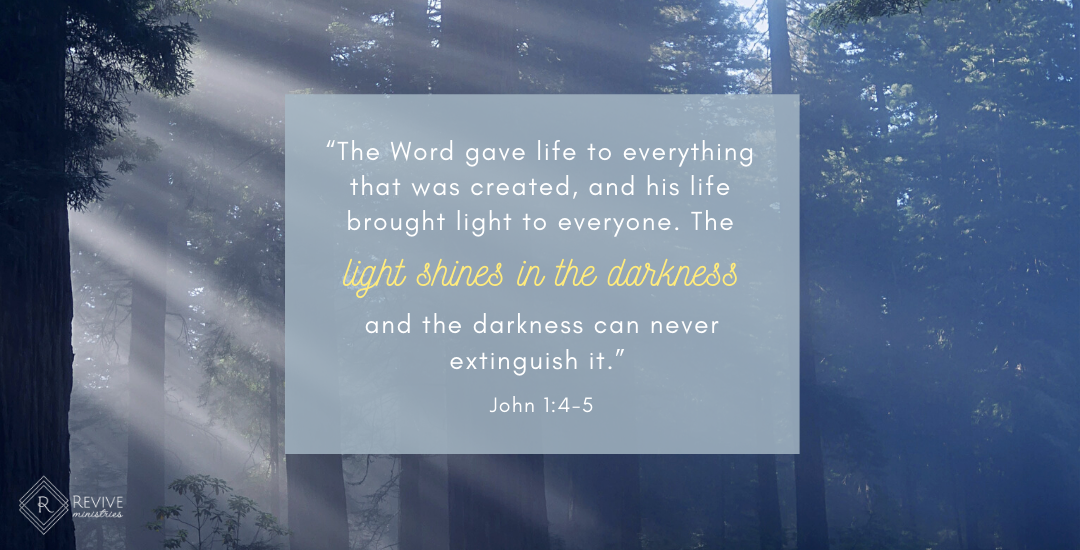
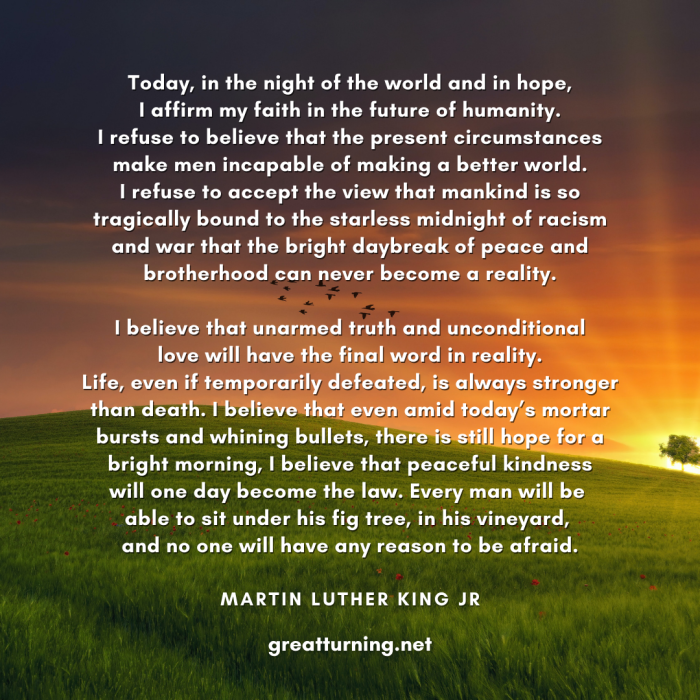
 RSS Feed
RSS Feed



